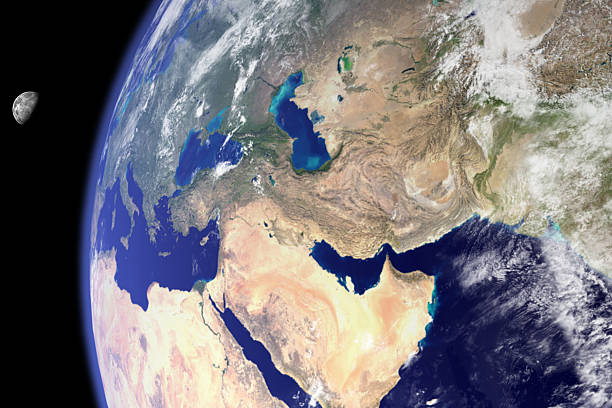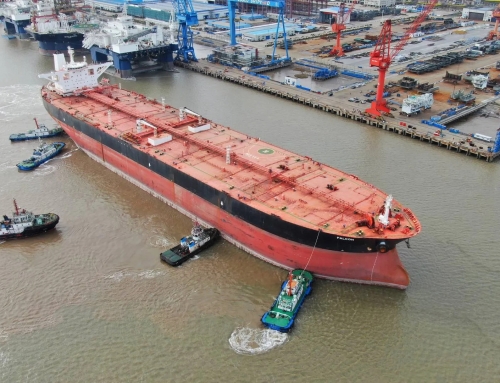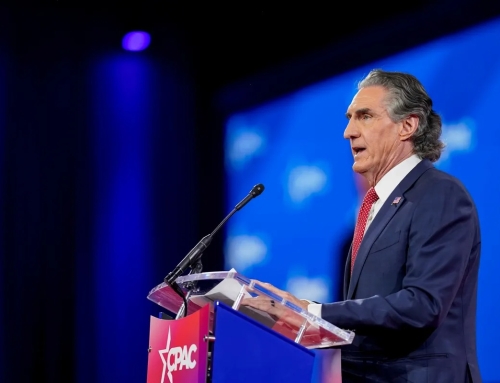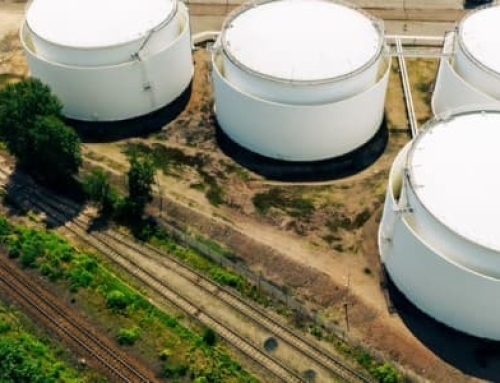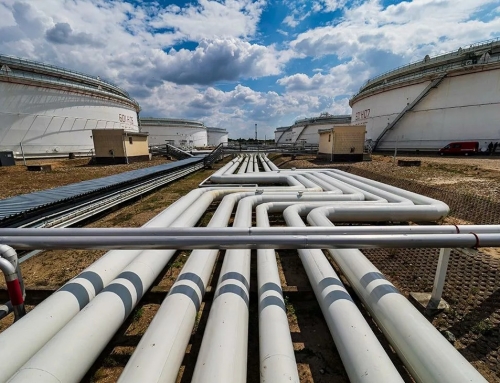The Middle East will again dominate front-page headlines in the coming days. Newly elected U.S. President Trump, as promised during his election campaign, is putting the already fragile security situation in the Middle East and North Africa at risk, as his statements regarding Gaza, Israel, and Iran are unlikely to support stability. At the same time, the Washington administration is pursuing a full-scale oil and gas confrontation with OPEC+ and Iran. Already, Gaza-based extremist group Hamas has delayed its handover of Israeli hostages, while Iran is openly confronting Trump’s tactics, showing no signs of backing down in the foreseeable future.
As some analysts have stated, the coming five days could shape a new reality in the Middle East. Washington is also increasing pressure on Moscow, as demonstrated by the unexpected flight of U.S. envoys to Moscow today. As a transactional president, Trump is using his well-known street-fighting tactics, honed from his experiences in U.S. real estate, to pressure all opponents into accepting new geopolitical rules. Washington’s strongman has shown that he follows through on his statements, which may surprise some, but reality should have already awakened most politicians and regional leaders.
Trump’s latest actions are clear: he has implemented another tariff scheme targeting global aluminum and steel sectors and bluntly warned Hamas to hand over all Israeli hostages before Saturday noon. If this demand is not met, Trump declared, “All hell is going to get loose.” Combined with his previous statements that the U.S. will control Gaza and that Palestinians should be relocated to Egypt and Jordan, Trump is putting Arab allies in a difficult position. Beyond the usual media frenzy that follows a Trump statement, the current tensions in the Middle East are escalating. Saudi Arabia, Egypt, Jordan, and others have openly criticized Trump’s approach, warning Washington to reconsider if it does not want to lose regional influence. Meanwhile, Trump’s decision to rearm Israel underscores Washington’s commitment to its current strategy, making a full-scale confrontation between the U.S. and its Middle Eastern allies no longer an unlikely scenario.
Simultaneously, Trump’s economic measures, particularly new tariffs and his “drill, drill” strategy urging U.S. oil and gas companies to ramp up production, are increasing pressure on OPEC+. Without a clear overall strategy, Trump is trying to force the international oil group—primarily Arab national oil companies, as well as non-OPEC producers like Russia and Kazakhstan—to expand production and exports. Sector analysts and American oil companies have already indicated that Trump’s “Drill, baby, drill” campaign is unrealistic, and they also warn that OPEC+ cannot comply immediately. Furthermore, Trump’s new tariffs on steel, aluminum, and other products will have a debilitating impact on global oil and gas demand. Major economies like China and India will face higher costs and lower export volumes. OPEC, particularly Saudi Arabia and the UAE, along with OPEC+ ally Russia, are dealing with a new U.S. administration that prioritizes a “MAGA”-driven economic framework over international norms. OPEC was already planning to increase exports by March 2025, but Trump’s approach may constrain these plans. As most Arab oil and gas has been heading to Asia for years, new U.S. tariffs on China and India—along with ongoing sanctions on Russia and Iran—are further complicating the landscape for national oil companies. Trump’s stance is clear: America First—everyone else must follow.
In the coming days, the biggest risk is a potential resumption of the Israeli-Gaza war, which would put Arab regimes under severe strain. Meanwhile, Washington appears to be taking an increasingly aggressive stance toward Iran and Russia. New actions or sanctions against Iran are expected, and any negative outcome from the Moscow meetings will likely escalate tensions further. Trump’s 110% support for Israel is another potential flashpoint. If negotiations between Hamas and Israel fail to secure the release of all hostages, Israeli Prime Minister Benjamin Netanyahu has been given the green light to resume military action. U.S. analysts indicate that Washington does not currently plan military action against Iran, but at the same time, Israel has been authorized to adopt a hardline approach. Tehran understands the risks, but the regime’s leadership, particularly the Islamic Revolutionary Guard Corps (IRGC), appears willing to take the gamble.
The current situation is bullish for oil and gas markets. Renewed threats of military confrontation in the Middle East are emerging, while many OPEC producers are struggling to meet even their existing export quotas. Russia, the wild card in this scenario, faces mounting challenges—not only from Ukraine’s continued attacks on its refining sector but also from the lingering effects of Biden-era sanctions on the dark fleet of Russian oil tankers. Moscow’s future looks increasingly uncertain.
With rising instability in the Middle East, potential military conflicts on the horizon, and concerns over the stability of Egypt and Jordan, oil prices are set to rise. If the Gaza war resumes or if tensions escalate with Iran, oil prices could easily break $90 per barrel. Even an OPEC decision to suddenly increase export quotas may not prevent price hikes, as key producers will find themselves caught in geopolitical crossfire.
